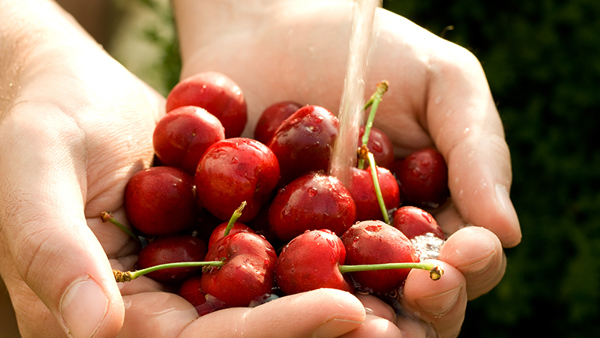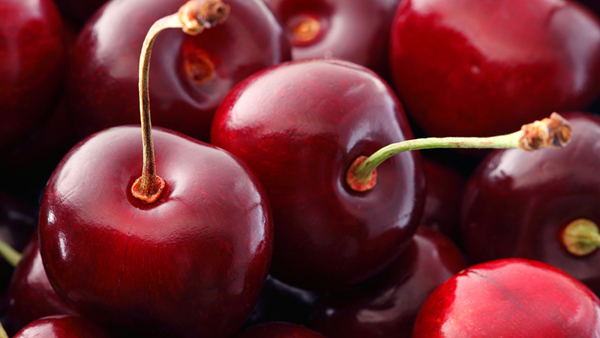Yates Account
Join now
Create a Yates account today!
Sign up to join the Yates Garden Club for monthly e-mails packed with seasonal inspiration, tips for success & exclusive promotions.
Plus if you’re a Garden Club member you can take part in the Yates Growing Community - a blog to share successes, get advice & win prizes in fun challenges along the way!

Forgot password
Enter the email address associated with your account, and we'll email you a new password.

They grow best in areas with mild summers and cold winters, so check the variety is suitable for your area before buying. And if you’re not after the fruit, you can purchase ornamental varieties, which put on a gorgeous floral show in spring.
How to grow Cherries in a garden
- Choose a sunny spot with well drained soil. Enrich the soil with Yates Dynamic Lifter Organic Plant Food . If the soil is clay based, add gypsum and fork in well.
- Dig the planting hole twice as wide and to the same depth as the root-ball. Remove the plant from the container, gently tease the roots and cut away any circled or tangled roots.
- Position in hole and backfill, gently firming down. Form a raised ring around the plant, creating a well so that water will go where it’s needed most. Water in well.
- Mulch around the base with organic mulch like bark chips, woodchip or pea straw, keeping it away from the trunk.
- Water in deeply, at least once every 2-3 days to ensure the soil is moist - you may need to water more often in warmer conditions.
- During the growing and flowering/fruiting season, apply Yates Thrive Citrus & Fruit Granular Plant Food TIP: For an added nutrient boost, feed with Yates Thrive Natural Fish & Seaweed+ Plant Food Concentrate weekly during the flowering season.


How to grow Cherries in a pot
Cherries grow into large trees, so they’re better suited to growing in medium large gardens. However, there are smaller varieties that are available, which are perfect growing in large pots in small gardens or even balconies! Try dwarf varieties such as 'Griotella' and 'Compact Stella'.
- Choose a pot at least 600mm wide. Position in full sun and fill with quality potting mix, such as Yates Nature's Way Organic Citrus & Fruit Mix.
- Remove the plant from the container, gently tease the roots and cut away any circled or tangled roots.
- Position in hole and backfill with potting mix, gently firming down. Water in well.
- Water deeply, at least once every 2-3 days to ensure the soil is moist - you may need to water more often in warmer conditions.
- During the growing and flowering/fruiting season, feed your tree with Yates Thrive Citrus Liquid Plant Food. Throughout the year apply Yates Thrive Fish Blood & Bone Plant Food Concentrate.
Growing tips
-
Most varieties require a compatible pollinating partner to help with pollination and fruit production. However, there are self-fertile trees such as 'Lapin', 'Stella' and 'Griotella' which can grow on their own and produce fruit.
- Prune trees to encourage an open, vase shape. After this framework has been developed, little pruning is needed, except to remove branches growing inward and/or dead branches. Cherries bear fruit on spurs growing on two-year-old or older wood.
- Pruning, when necessary, should be done in autumn as trees are subject to bacterial canker or ‘gumming’. Cuts heal quicker during this time than when trees are fully dormant.
- Help plants make the most of any available water by mulching heavily over the root area with a ten-centimetre-thick layer of organic mulch and applying a soil wetter to encourage water to move into the root zone.

















Share
Share this article on social media